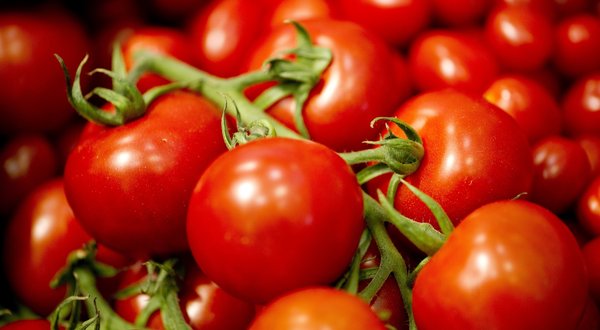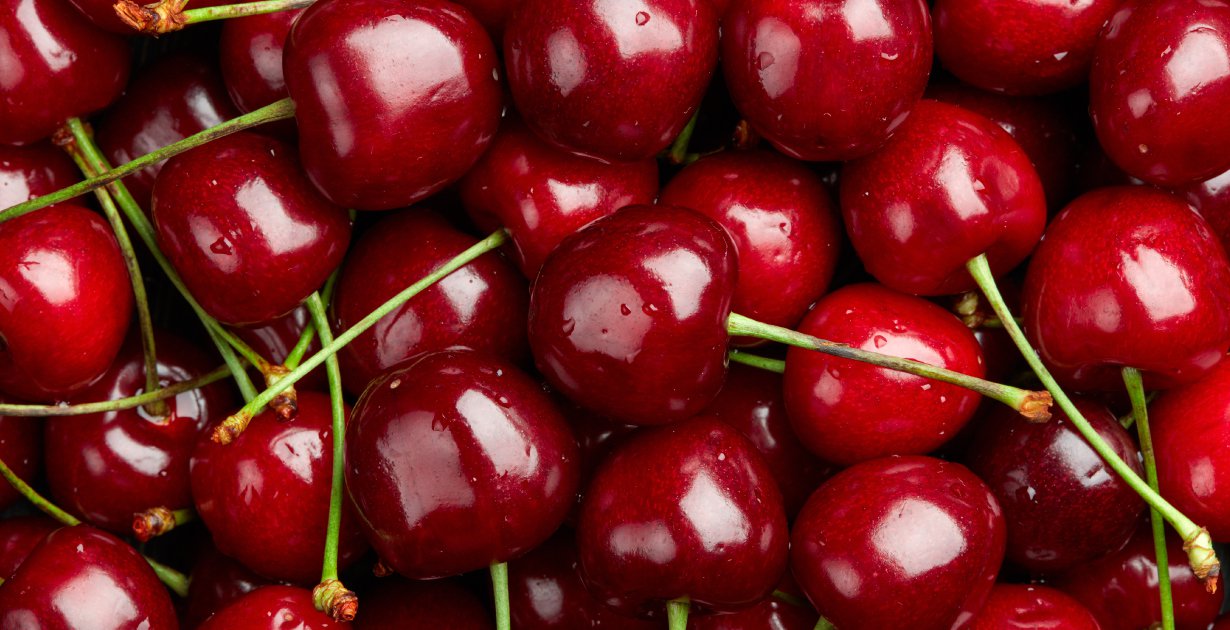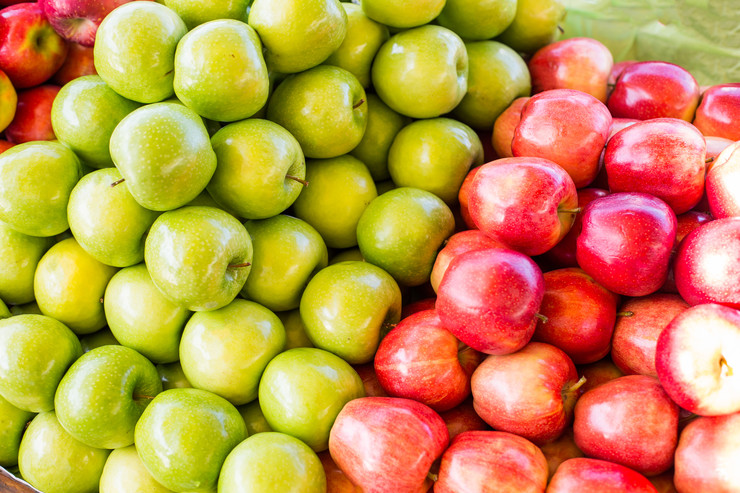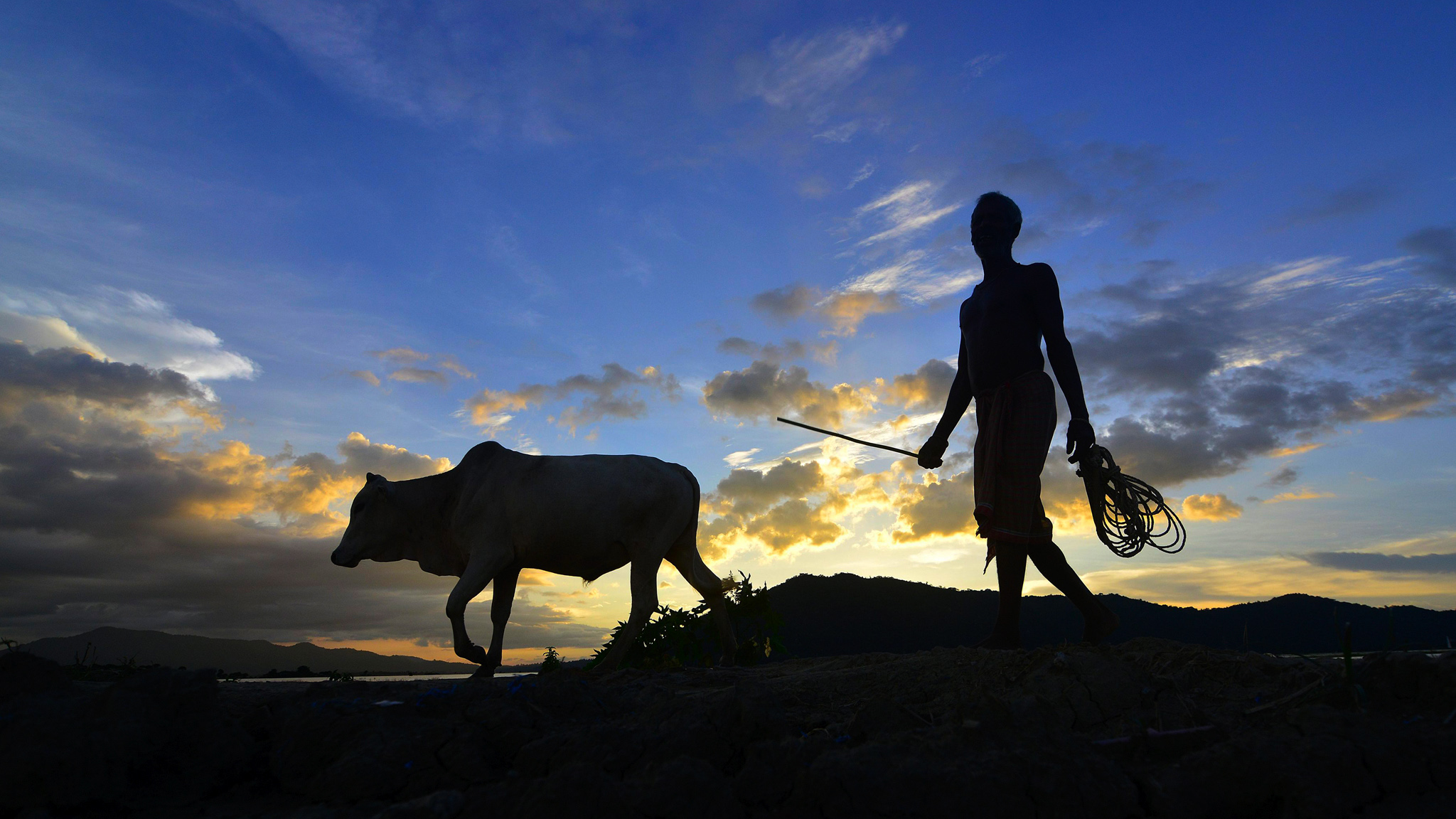The impact of warming atmospheric and ocean temperatures on agriculture is neither consistent nor easily predictable, but there are a number of definable consequences linked to higher temperatures. These can be subjectively divided into positive and potentially negative effects for farmers and insurers of agricultural risk. Given the changes underway – relating not just to temperature but also to other factors, in particular commodity price inflation – and simultaneously the growth of the agricultural sector, exposures are being reassessed and a number of new insurance and alternative cover concepts have emerged to support agricultural risks.
Positive consequences
• Thermophilic plants (requiring a warm environment for normal development) may spread into more northerly producing regions;
• Farmers may be able to grow crop varietieswith a longer vegetation phase, leading to higher yields;
• A longer pasture growth phase extends the grazing period;
• Higher atmospheric CO2 concentrations favour photosynthesis;
• Increased precipitation in some areas, enhancing yields;
Negative consequences
• Temperatures exceeding 350C for extended periods in the subtropics will expose grain to heat stress during flowering; grain yields in these areas could fall by up to 70%;
• Higher temperatures in northerly latitudes will increase evapotranspiration, significantly disrupting the water balance in the soil and plants;
• Higher evaporation rates in the tropics and subtropics will dry out the soil causing salinisation and a reduction in the amount of arable land;
• Higher temperatures speed up the flowering process of fruit trees, putting the blossom at greater risk of damage from late spring frosts;
• Warmer ocean temperatures have direct consequences for aquaculture, one of the fastest growing food production sectors, with an increase in output from 35 to 48 million tons). Among the most dangerous effects for aquaculture are the proliferation of marine algal blooms and jelly fish, as well as the warming of streams that have been diverted for aquaculture. As water warms it contains less dissolved oxygen and can stress fish
species and other organisms;
• Infestation patterns change and may increase in terms of organism density and geographical range. For example, in recent years, mild winters have caused the mountain pine beetle population in British Columbia to explode. The infestation has now devastated at least 13 million hectares of pine forest. Winter temperatures reaching -350C are the only thing that will bring the population back down to manageable levels;
• Decreased precipitation in some areas will reduce yields;
• Increasing precipitation intensity will increase runoff and reduce yields.
Warmer temperatures also impact precipitation distribution and intensity, with diminished rainfall in some areas and/or increased precipitation intensity reducing yields. Many locations have reported reduced yields due to a change in precipitation pattern, principally relating to more frequent, heavy rainfall and a more irregular distribution of the total rainfall over the vegetation period.
In rain-fed agriculture (more common than irrigated agriculture), at least 50 - 75mm of precipitation needs to be stored in the top soil before sowing, followed by a further, evenly distributed 250 - 300mm during the vegetation period to achieve even modest grain yields. Specifically:
• In many grain producing regions, melting snow supplies a large proportion of the soil moisture urgently needed by crops in the spring. Warmer temperatures increase the amount of precipitation that falls as rain rather than snow. Rain drains faster, meaning that moisture in the upper soil layers is exhausted more quickly. For example, in North America, warmer winters have resulted in reduced snow cover, which means farmers and foresters in the United States and Canada are likely to see more dry years and a significantly higher risk of forest fires;
• Water stress during spring flowering impairs pollination and can cause complete crop failure;
• Where there is diminished rainfall, agriculture will have to shift. In Australia, for example, observational evidence suggests that warmer temperatures are responsible for lower rainfall in grain producing regions of the south east. In the long term, agriculture in this part of the continent may, therefore, shift to the north west. Indeed, a new pioneering phase in the northwest has already begun.
Key factors
Even if it were possible to predict shifts in precipitation distribution, this would not help farmers, as sowing cannot be delayed or brought forward at will. Other key factors, such as optimum temperatures and daylight hours, restrict their window of opportunity for sowing.
Connected to precipitation patterns, there are also predicted changes in windstorm activity.
For the northern hemisphere, for example, the Intergovernmental Panel on Climate Change (IPCC) global climate models indicate an increase in “storminess” (daily variability of high and low pressure systems) in the northeastern Atlantic. Increasing storm track density, measured in cyclone days per season, in northern Europe and wetter extra-tropical storms have also been suggested by recent research.
A strong growth market
The world’s core areas of agricultural production insure crops and livestock. Penetration of insurance for forestry and aquaculture is, however, not as high. For example, only 4% to 5% of global aquaculture production is currently insured; this low figure mainly reflects difficulties associated with market access and the fragmented, small scale nature of aquaculture operations. Where natural catastrophe exposure allowed affordable premiums, hail insurance for crops and disease insurance for livestock evolved 150 years ago, without subsidies.
Over the last 50 years, subsidized premiums have increased and extended the scope of agricultural insurance cover. Globally, as a percentage of total government support for agriculture, however, premium subsidies have remained at a relatively modest 2% to 3%, compared with approximately 10.5% in the United States. Growth opportunities in agricultural insurance are, therefore, particularly high.
High agricultural commodity price increases, driven by population growth, increased buying power in emerging markets and biofuel demand, are also pushing up sums insured and premium income. For example, premium income for hail portfolios containing a large proportion of grain increased by 30 to 40% between 2007 and 2008.
Against this background of shifting risk profiles, commodity price increases and market growth, there have been a number of developments in crop, forestry and aquaculture insurance, as well as in insurance linked securities for agricultural risk and CO2 trading.
Price protection
In recent years, rising commodity prices have bolstered demand for insurance solutions coupled with partial price protection, such as “revenue cover” in the United States. Farmers who sell a portion of their harvest in advance on a futures market need to hedge against commodity price fluctuations; if a natural catastrophe were to destroy the “pre-sold” crop, they would have to buy in replacement crop at a time when prices would be inflated due to reduced supply. In times of high inflation, the potential loss to the insured is greater, and solutions that mitigate this risk will increase in popularity.
New concepts in crop insurance include cover for new varieties of plants for biofuel production at the experimental stage.
Traditional crop insurance covers can also be restructured to include a double trigger, such as natural catastrophe loss event plus simultaneous price increase. When calculating the premium, insurers need to make sure that commodity price fluctuations are priced with an appropriate fluctuation loading.
Windstorm
Windstorm is a catastrophe risk for Europe’s forests, as experience with Lothar and Martin in 1999 and Kyrill in 2007 has shown. A major storm can be expected to bring down about four to five years’ worth of low grade timber which floods the market and causes prices to collapse, often for several years. An insurance solution would need to guarantee the price of timber before an event to ensure that forest farmers are indemnified for the entire fall in value caused by a storm.
To arrive at the full loss potential to a forestry portfolio from any windstorm event requires the combination of the respective wind field data and vulnerability functions, which calculate loss ratios on the basis of wind speed. With vulnerability functions, wind field data and portfolio data, individual storm covers can be priced and portfolio-specific probable maximum losses (PMLs) modeled.
EXAMPLES OF EUROPEAN WINDSTORM DAMAGE
Lost timber by volume and value
|
Year |
Windstorm |
Region |
Forest damage m³ |
Monetary damage ?bn |
|
2005 |
Erwin |
Sweden |
75 |
- |
|
1999 |
Lothar and Martin |
Europe |
193 |
2,7 |
|
|
|
France |
140 |
1,0 |
|
|
|
Germany |
30 |
1,0 |
|
|
|
Switzerland |
12 |
0,5 |
|
1990 |
Vivian and Wiebke |
Europe |
120 |
- |
Source: PartnerRe
Aquaculture
An aquaculture portfolio is primarily exposed to marine natural catastrophes such as tsunami, storm, algal bloom and pollution, but the loss experience only extends back about 20 years.
Reinsurers are now increasingly asked to break new ground by carrying development risks relating to new markets, unknown fish species and production techniques. The sustainable support of this risk requires a PML method that addresses the key issues, including maximum liability per event and estimated return periods for specific events.
Aquaculture insurance will soon spread to the Asian market. This means that insurers will have to revise the natural perils, social and technical risks, and risk management components of their existing PML calculation to ensure that their estimates correspond to the new risk profiles and locations.
Parametric alternatives
Parametric covers may be an alternative in regions where traditional crop insurance is not suitable, as they reduce the insurer’s startup cost. They have been successfully employed in agriculture to manage precipitation, flooding, accumulated temperature and frost risks. In many crop producing regions, water is the single most important factor in determining yield.
Drought index products are designed to pay out on a sliding, parametric scale depending on the rainfall deficit. This deficit is measured at an official weather station that is protected against manipulation. On-site checks to verify crop loss are not needed, thus reducing individual loss assessment costs.
These new, customized solutions require development work and intelligent product architecture. Expectations in terms of price and loss assessment accuracy must represent an acceptable compromise with the development cost. They also settle on an index that may not perfectly reflect a given farmer’s loss and, thus, the original insured has a basis risk. While parametric products are new, there is a growing trend toward their development, particularly in emerging markets.
Advantageous to both traditional and alternative parametric solutions, remote sensing can now perform traditional risk acceptance and loss evaluation tasks. Satellite images, for instance, can be used to monitor crop covers that are only supposed to incept once the seed has successfully emerged. This saves on expensive on-site risk inspections. Remote sensing can also measure damaged surfaces and negative yield effects very accurately.
There has recently been significant momentum at all levels of the agricultural sector (production, markets, politics and regulation), and there is broad agreement that agricultural production will continue to attract substantial investment backed by banks and re/insurance companies. Such investment however must be supported by highly effective risk management, necessitating a thorough analysis of the exposure and loss potential from all related environmental, economic and agricultural production factors.













